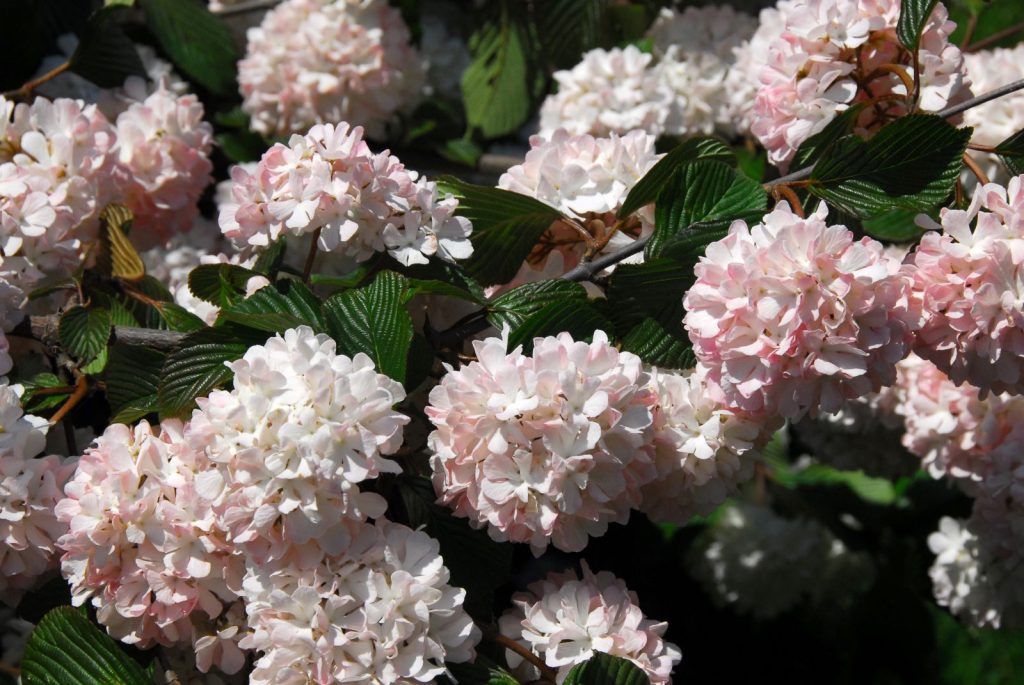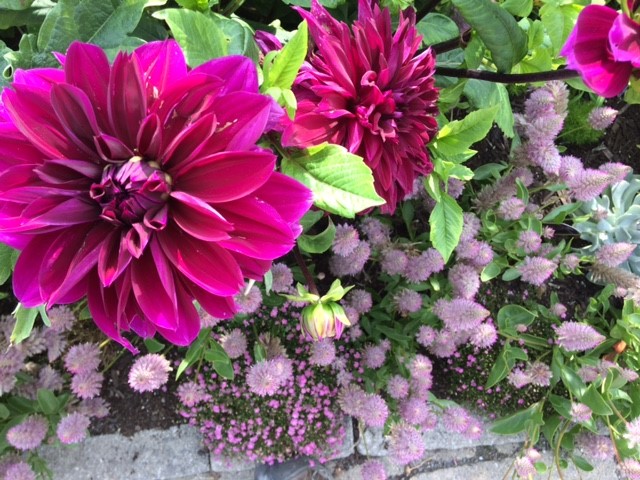Planting for Winter Interest
- Berries offer a wonderful pop of color while providing a natural food source for many migrating and overwintering birds and small mammals. Not all berries will be consumed by animals, allowing them to persist throughout the season.
- Architectural focal points provide an opportunity to visually anchor the garden while offering exciting verticality.
- Ornate bark: texturally stimulating, ornate bark is wonderfully showcased in winter, especially on deciduous trees and shrubs once all the leaves have dropped, extending the seasonal interest of the garden.
- Colorful leaves/branches are a wonderful addition for pops of color in an otherwise monotone period. There are many evergreen/semi-evergreen options that are hardy to the New England landscape. Plants with leaves that persist in winter also delight the sense of sound—think beech leaves rustling in forest breeze.
- Evergreen specimens work to anchor a space, while also offering a backdrop that helps showcase other colorful elements. For example, showy berries and colorful leaves will “pop” against the darker background of an evergreen tree or shrub. They come in many shades of green, blue, and yellow, with variegated selections as well.
- Fragrance—in a season where scent can be at a minimum, it’s a delight to include something in the winter garden that is sweet, pungent, nutty, or resinous. These plants will round out efforts to stimulate the five senses, helping you create a revitalizing and restorative winter oasis.
- Other plants to consider (certainly not an exhaustive list): Ilex, northern bayberry, hellebore (so many varieties to choose from, they come in many sizes and have showy leaves), Cornus varieties like ‘Arctic Fire’, hazelnut, paperbark maple, river birch, cedar, pine, spruce, fir, grasses, rhododendron, sedum/sempervivum, Aronia – chokeberry, yew, cypress, beautyberry, hawthorn, and Symphoricarpos – snowberry or coralberry (white or pink berries).
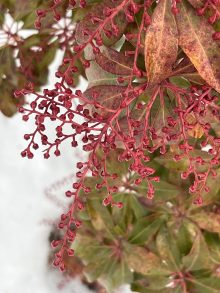 Pieris japonica 'Dorothy Wyckoff'
Pieris japonica 'Dorothy Wyckoff'
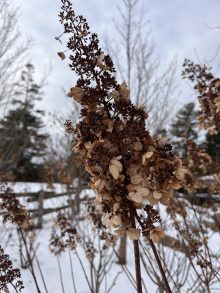 Hydrangea paniculata 'Pinky Winky'
Hydrangea paniculata 'Pinky Winky'
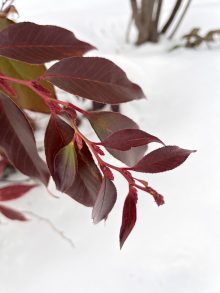 Leucothoe axillaris Coastal Doghobble
Leucothoe axillaris Coastal Doghobble
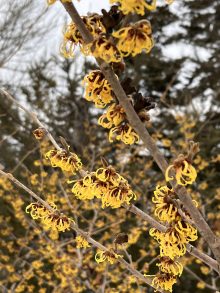 Hamamelis x intermedia 'Luna' - Witch hazel
Hamamelis x intermedia 'Luna' - Witch hazel
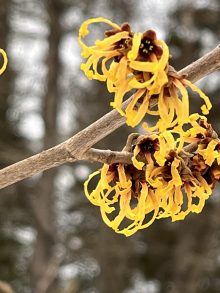 Hamamelis x intermedia 'Luna' - Witch hazel
Hamamelis x intermedia 'Luna' - Witch hazel
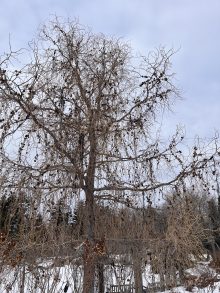 Larix decidua 'Horstmann's Recurved' - Contorted Larch
Larix decidua 'Horstmann's Recurved' - Contorted Larch
 Leucothoe axillaris Coastal Doghobble
Leucothoe axillaris Coastal Doghobble
Jen Dunlap is Horticulture Program Manager at Coastal Maine Botanical Gardens where she spends her time designing landscapes and cultivating the Bibby and Harold Alfond Children’s Garden. A native of Brunswick, Maine, she has a degree in horticulture and landscape design and holds an advanced certificate in Western Herbal Medicine. After studying, designing, and gardening in the Pacific Northwest and Colorado, for a combined 12 years, she is happily settled back in Maine raising her two young children alongside a bountiful vegetable and herb garden. All photos courtesy of the author.
